About us
Read more about the Heritage Science Group and its history. The HSG has years of experience, years of national and international projects and collaboration with other organisations
Since 1990, CNR-INO has been working in the field of cultural heritage diagnostics, an activity that led to the establishment of the Heritage Science Group – HSG, a research unit devoted to the study and experimentation of innovative optical techniques as well as to the design and creation of advanced instruments for the study of works of art. The research is aimed at the development of optical methodologies and opto-electronic devices for the non-invasive analysis of cultural heritage. Techniques and instruments are developed and implemented within research projects, both national and international, carried out in close collaboration with the Opificio delle Pietre Dure (OPD), prominent international research centres, conservation institutes, and museums inside the Prototype Development Lab. The prototypes are perfected through repeated and systematic interactions with experts (e.g. conservators), thanks to the logistic support of the Optical Metrology Lab hosted inside the Restoration
Laboratory of the Opificio delle Pietre Dure (Fortezza da Basso, Florence), opened in 1998. The research experience carried out in this lab is relevant, thanks to the synergistic interaction with conservators and art historians, leading to the realization and improvement of innovative diagnostic systems, whose effectiveness is verified daily. As an example, the VIS-NIR multispectral scanner is part of the MOLAB (Mobile LABoratory) program, a platform providing access to cutting-edge instrumentation within European projects (such as Eu-ARTECH, CHARISMA, IPERION CH and the ongoing IPERION HS project).
Since 2021, researchers from the unit in Pozzuoli have also become part of the HSG with new instrumentation.
Our path
IPERION HS
2020-presentIntegrating Platforms for the European Research Infrastructure ON Heritage Science
IPERION HS is a consortium of 24 partners from 23 countries that contributes to establishing a pan-European research infrastructure on heritage science. It offers training and access to a wide range of high-level scientific instruments, methodologies, data and tools for advancing knowledge and innovation in heritage science.
E-RIHS IP (Implementation Phase)
2020-PresentEuropean Research Infrastructure on the Heritage Science (Implementation Phase)
E-RIHS IP is the implementation phase of E-RIHS ERIC. E-RIHS will become an ERIC with a Central Hub as the access point to the RI and distributed nodes operating at national levels in various legal frameworks.
The mission is to be the reference Research Infrastructure at the global level for improving understanding and sustainable preservation of heritage objects and sites, with a good societal impact.
E-RIHS.it
2015-PresentEuropean Research Infrastructure on Heritage Science (Italian node)
E-RIHS.it (formerly IPERION CH.it) is the Italian node of the European Research Infrastructure on Heritage Science. It offers access to scientific tools and expertise and training in the field of Heritage Science.
E-RIHS PP (Preparatory Phase)
2017-2020European Research Infrastructure on Heritage Science (Preparatory Phase)
E-RIHS PP is the Preparatory Phase of E-RIHS, the European Research Infrastructure on Heritage Science Europe on the way to become an ERIC.
By the conclusion of the E-RIHS PP project, there are 16 nations (15 EU Member States plus Israel), 2 ERICs, 3 institutions representing scientific communities, and 6 observers among the over 100 heritage science institutions from across the world that are a part of this community
SSHOC
2019-2022Social Science and Humanities Open Cloud
The EU-funded SSHOC (Social Sciences and Humanities Open Cloud) project aims to encourage secure environments for sharing and using sensitive and confidential data. The project will contribute to the European Open Science agenda and the realisation of the European Open Science Cloud (EOSC). SSHOC aligns with prescribed cluster activities in order to create a social sciences and humanities cloud that can fully encompass infrastructural support for the study of social and cultural phenomena. The greater intention is to create a European open cloud ecosystem for social sciences and humanities, consisting of an infrastructural and human component.
E-RIHS
2017-2019European Research Infrastructure on Heritage Science
E-RIHS is the European Research Infrastructure for Heritage Science that supports research on heritage interpretation, preservation, documentation and management. E-RIHS mission is to deliver integrated access to expertise, data and technologies through a standardized approach, and to integrate world-leading European facilities into an organisation with a clear identity and a strong cohesive role within the global heritage science community.
IPERION CH
2015-2019Integrated Platform for the European Research Infrastructure on Cultural Heritage
IPERION CH is a consortium of 24 partners that aims at establishing a unique European research infrastructure for restoration and conservation of Cultural Heritage. It offers training and access to a wide range of high-level scientific instruments, methodologies, data and tools for advancing knowledge and innovation in the preservation of Cultural Heritage. IPERION CH is part of E-RIHS ESFRI proposal.
INSIDDE
2013-2016Integration of technological Solutions for Imaging, Detection, and Digitisation of hidden Elements in artworks
The development of graphene-based transmitters and receivers working in different frequency bands within the submm-wave/terahertz range is the basis to build a scanner in the framework of the INSIDDE project. This is expected to allow, together with image processing techniques and a high-resolution structured light scanner, the identification of pigments, brushstrokes or underdrawing steps in paintings as well as to take a look inside sealed pottery.
CHARISMA
2009-2015Cultural heritage Advanced Research Infrastructures: Synergy for a Multidisciplinary Approach to Conservation/Restoration
CHARISMA is an Integrated Infrastructure Initiative that brings together 22 leading European institutions developing research on artwork materials and their deterioration finalised to the conservation of cultural heritage. The consortium has the objective to optimise the use of infrastructures through a coordinated program of transnational access, joint research and networking activities. Transnational access offers applicants opportunities to exploit the services of three different and complementary groups of facilities, embedded in a multidisciplinary environment involving material science and artwork conservation/restoration.
EuARTECH
2004-2009Access, research and technology for the conservation of the European cultural heritage
Access, research and technology for the conservation of the European cultural heritage
https://cordis.europa.eu/project/id/506171
1st OCT measurement on a work of art
20041st OCT measurement on a artwork
A first OCT measurement was applied on a work of art. The results were published in 2006 in Studies in Conservation
HSG established
1998HSG established
A CNR-INO laboratory was established at the Opificio delle Pietre Dure in Florence, Italy.
1st IR scanner developed at CNR-INO
19891st IR scanner developed
The first infrared scanner applied to art was developed at CNR-INO. The results were published in Studies in Conservation
1st holografic measurement on an artwork
19821st Holografic measurement applied to art
The first application of holographic interferometry on a work of art under restoration was carried out on a bronze panel of St. John’s Baptistery in Florence.
D. Bertani, M. Cetica & G. Molesini (1982) Holographic tests on the Ghiberti panel ‘The Life of Joseph’, Studies in Conservation, 27:2, 61-64, DOI: 10.1179/sic.1982.27.2.61
Our Team
Introducing our researchers and collaborators
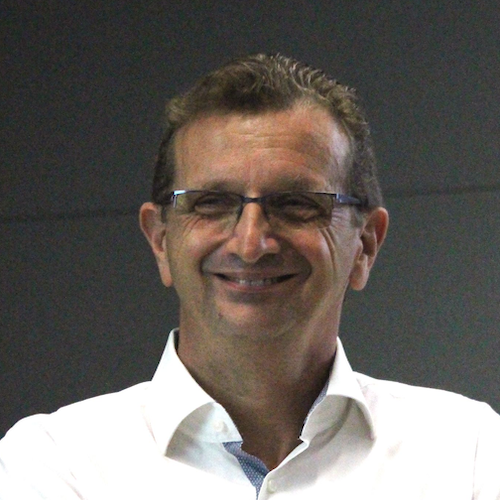
Luca Pezzati
Director of Research

Raffaella Fontana
Director of Research
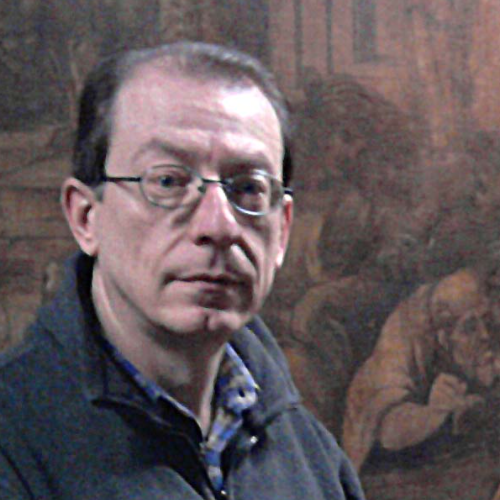
Enrico Pampaloni
Researcher
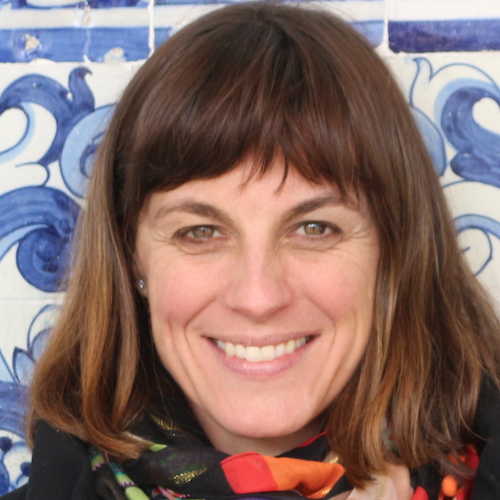
Jana Striova
Researcher

Marco Barucci
Researcher

Alessandra Rocco
Researcher
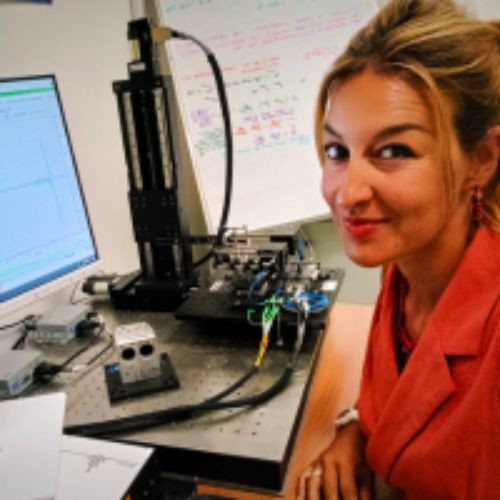
Valentina Di Sarno
Researcher

Laura Benassi
Technologist
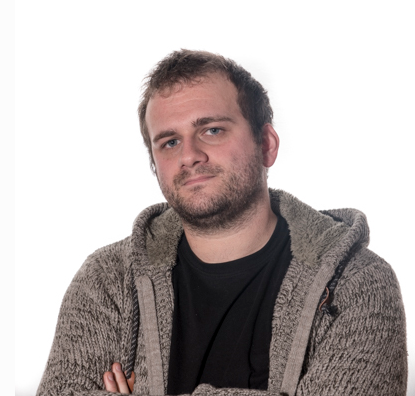
Marco Raffaelli
Technician
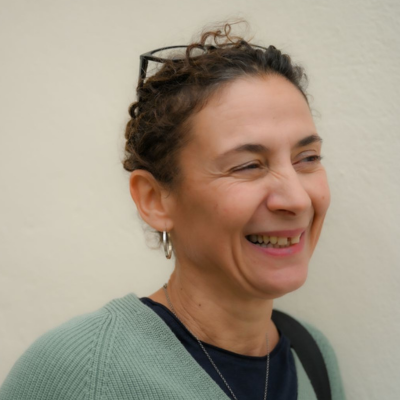
Francesca Usala
Financial officer

Alice Dal Fovo
TD researcher

Antonina Chaban
TD Researcher
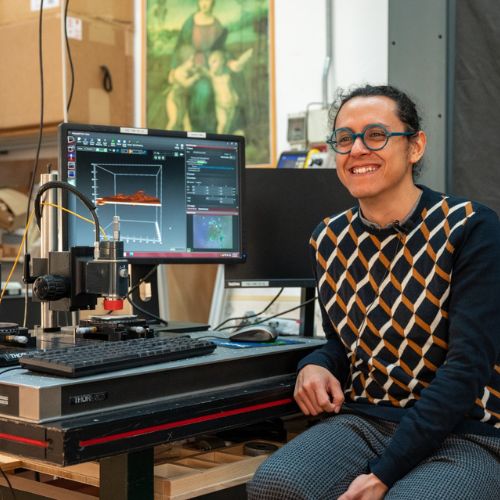
Diego Quintero Balbas
TD Researcher
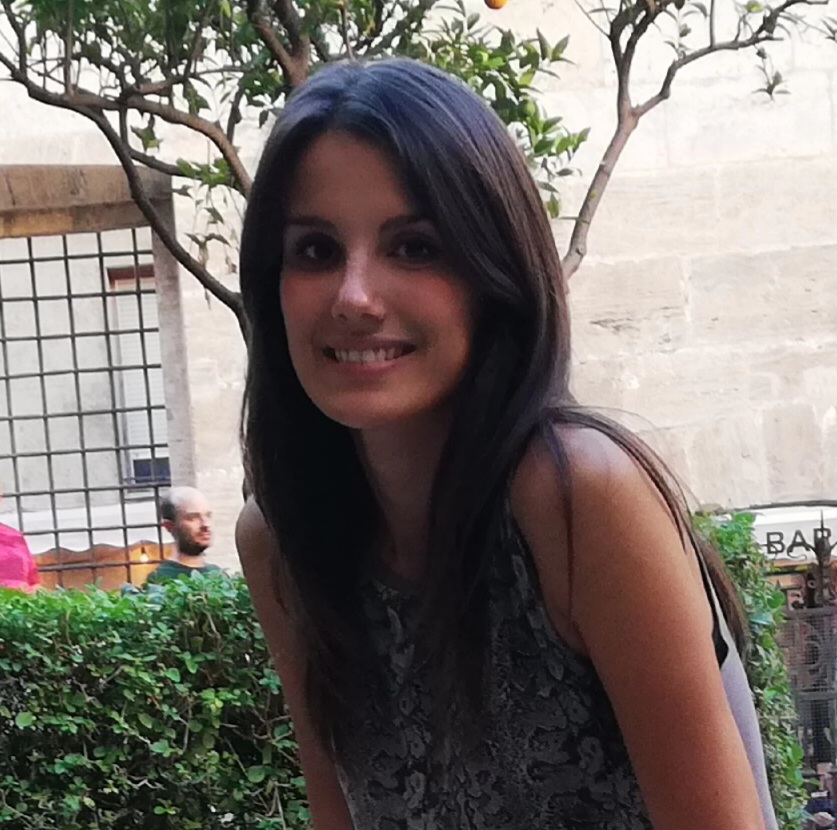
Silvia Innocenti
PhD fellow
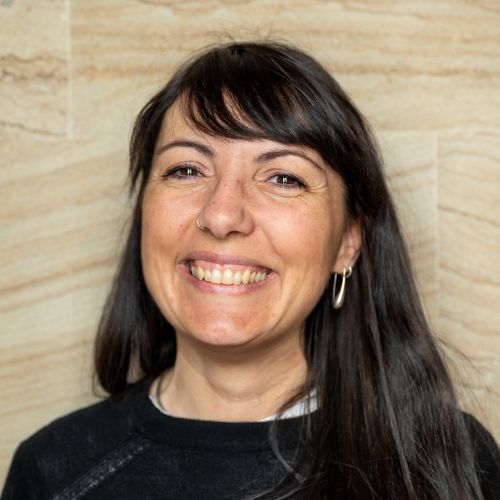
Silvia Manconi
Fellow
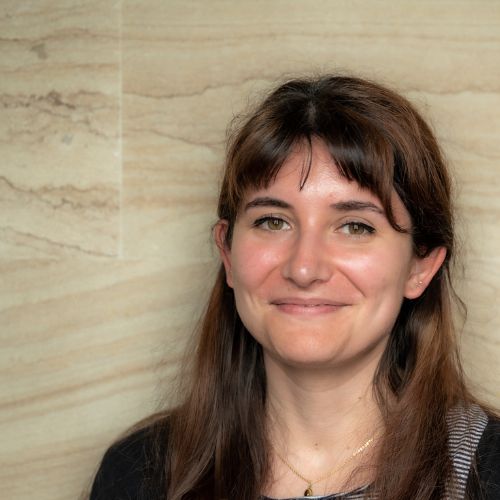
Valentina Righetti
Fellow
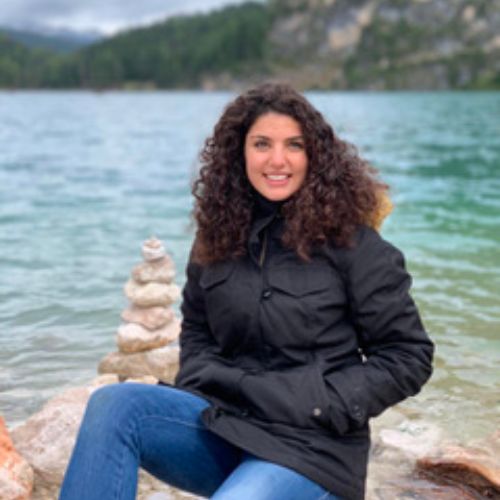
Irene Lunghi
Fellow
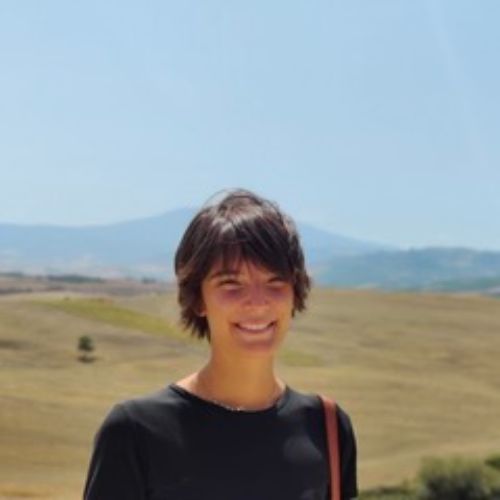
Emma Vannini
Fellow